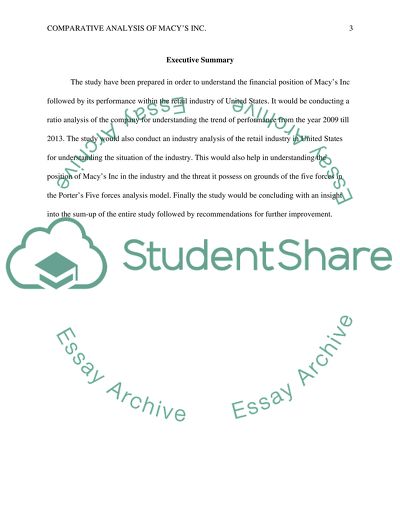Cite this document
(“Industry Analysis Research Paper Example | Topics and Well Written Essays - 4500 words”, n.d.)
Industry Analysis Research Paper Example | Topics and Well Written Essays - 4500 words. Retrieved from https://studentshare.org/marketing/1495119-industry-analysis
Industry Analysis Research Paper Example | Topics and Well Written Essays - 4500 words. Retrieved from https://studentshare.org/marketing/1495119-industry-analysis
(Industry Analysis Research Paper Example | Topics and Well Written Essays - 4500 Words)
Industry Analysis Research Paper Example | Topics and Well Written Essays - 4500 Words. https://studentshare.org/marketing/1495119-industry-analysis.
Industry Analysis Research Paper Example | Topics and Well Written Essays - 4500 Words. https://studentshare.org/marketing/1495119-industry-analysis.
“Industry Analysis Research Paper Example | Topics and Well Written Essays - 4500 Words”, n.d. https://studentshare.org/marketing/1495119-industry-analysis.


